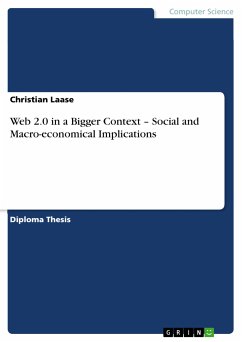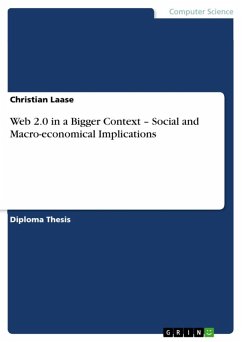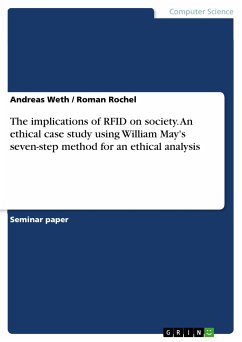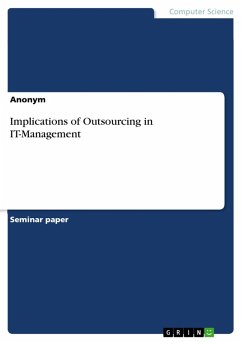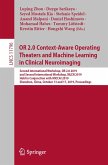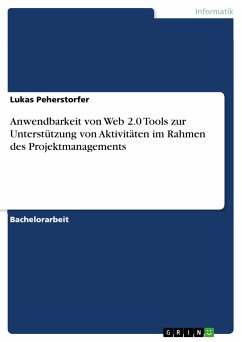Diploma Thesis from the year 2006 in the subject Computer Science - Commercial Information Technology, grade: 1,6, European Business School - International University Schloß Reichartshausen Oestrich-Winkel, language: English, abstract: Recently, a very prominent addition to the internet related vocabulary has been introduced: the Web 2.0. The term was originally coined by Dale Dougherty of O'Reilly Media in summer 2004 and emerged while brainstorming on a name for an innovative internet conference. The emergence of Web 2.0 as an important novum to the internet community gets obvious to the user just by browsing the internet. The term seems to have become a ubiquitous buzzword. Unfortunately the term has been hyped without a collective understanding and clear cut definitions are missing. Gaining a vital understanding of the influences of the Web 2.0 on the social and (macro-) economical context is being hindered by this lack of clear understanding. Some concepts for defining the Web 2.0 already exist. Authors already took the complex nature of Web 2.0 into account and developed models distinguishing different dimensions of the new Web. But there is still demand for a comprehensive model grasping as many related features and topics as possible. This paper suggests a three layer model to embrace the full extent of the new Web. To develop such a model, extensive studies on current literature, which was to a major part available only online, have been conducted. The most important issues regarding conception and layout of the Web have been identified and integrated into the “Web 2.0 Navigator”. Therefore all occurring issues have been grouped and arranged to a three layer model, differentiating the technological layer, the conceptual layer and the application layer. While the technological layer displays the Web 2.0 as an architecture, the conceptual layer covers the philosophy, which is considered by the author as the central innovation around Web 2.0. The application layer finally is a collection of widely used services and applications around the web, which have been developed hand in hand with the architecture and have been strongly promoting the rise of the Web 2.0. The intention of this paper is to suggest a clear-cut definition of the Web 2.0 to allow for an accurate understanding. Furthermore the developed model is used to examine evident and possible effects on the social and macro-economical environment and derive implications.

